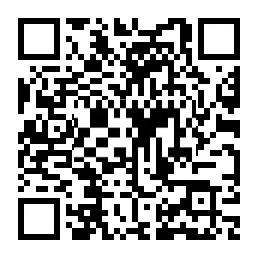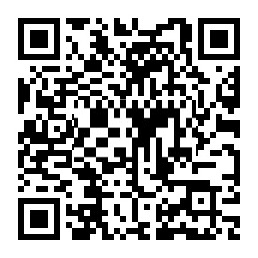Copyright © Sinor Electronic device Co., Ltd.All Rights Reserved 粤ICP备16001692号 Website construction: 300.cn zhuhai
TAOBAO
Copyright © 中企动力科技股份有限公司 All Rights Reserved 豫ICP备10099324号 网站建设:中企动力 洛阳
Solution
The purpose of,
Modern technology is used to realize intelligent, automatic and impersonal production of communication module, so as to achieve high efficiency, high quality and low cost.
Second, the advantages of
1. Save labor costs. Reduce the number of workers from 25 to 5.
2. Solve the problem of difficult employment.
3. Product quality is guaranteed.
4. Intelligent production process.
5. High production efficiency.
6. Reduce product damage caused by human factors.
Iii. Overview of operation process of each station
1. The product reaches the automatic labeling station through the existing reflow furnace.
2. The automatic labeling station senses the positioning and labeling after the product arrives.
3. After the product is labeled, it will be taken away by hand, and off-line sub-board inspection will be conducted. Then put the product into the fixture. Then put the fixture filled with the product into the AOI feeder.
4. After the AOI automatic feeding machine senses the product, it will automatically put the product into AOI track.
5. After the product enters the test position through the track. AOI automatic positioning and detection. After checking the front of the product, it flows into the automatic copying machine through the track. At this point, the next product to be tested enters the front of AOI test product along with the track.
6. When the automatic copy machine senses the product, it automatically clamps and duplicates. After the completion of the second disk is being tested positive product testing.
7. Track reversal after the completion of the second set of product testing. Send the second product to AOI for inspection, and the first product to the opposite side of AOI for inspection.
8. The first product flows into C/V after the positive and negative detection, while the second product flows into the carbon copy, and the third product enters the AOI to detect the front. Then AOI will test subsequent products according to steps 5-8.
9. After the product arrives at C/V, manually determine whether the defects detected by AOI are within the acceptable range. If it is not within the acceptable range, it will be put into NG zone; otherwise, the product will be released to the "product into Tray" station.
10. When the product arrives at the station, the "product enters the Tray machine" will automatically take the product out of the fixture and put it into the Tray. When the Tray is full, the robot hand will put it into the automatic feeding machine. The fixture is then returned to the fixture station via the reflow line.
11. After the product arrives at the automatic feeding machine, the product is stacked and put into track 1 of "on-line tunnel furnace". The next batch of products will be put into orbit 2 when they are stacked. The next batch of products will be put into orbit 1. So let's go through this cycle.
12. After the product is baked in the tunnel furnace for 24H, it will be taken out by the automatic blanking machine. Stack the AOI into the furnace
13. AOI shall complete the appearance inspection after furnace according to steps 5-8. After checking the appearance, the product flows into the flatness testing station
14. After the plate position of the planar detection station is sensed to the product, the 4-axis robot will take the product paw and put it into the planar detection position.
15. After the test is completed, the product flows into C/V, and then the robot grabs another product to detect the flatness.
16. After putting another product into the flatness detection level, the robot will put the failed product into NG area according to the test results of the previous product after testing it in the C/V level. Pass products are released to the product filling area on C/V, and the previous Tray is filled with Pass products after the next product is tested. The filled Tray then flows into the automatic scanning station.
17. The automatic scanning station will automatically scan the product after sensing it, and transmit the scanning data to the printer behind for printing. The shielding bag, desiccant and humidity card will pop up a bag, two packages of desiccant and one humidity card respectively by the automatic discharging mechanism when the printer prints. If one of the items is removed and the other two items are not removed within the set time, an alarm will be issued.
18. After the product is scanned, it flows into the "manual label packaging bag and vacuum pumping station", which is manually labeled, bagged and vacuumed. (the attachment to be loaded into the bag includes two packets of desiccant shaken by the shaker and one humidity card sent by the automatic card extractor) to the "manual weighing, scanning and packing station".
19. After the product arrives at the weighing scanning and packing station, it will be manually weighed and scanned. At the same time, the automatic folding machine folds the cartons and delivers them to the workers for use. Then manually put the scanned product into the carton. When the carton is full, put the label on the box automatically. At this point the communication module completes the entire automatic production process.


